A mother and father fear the imminent loss of the home they so lovingly built together. No longer able to afford it, they cannot imagine themselves having to live elsewhere or anyone else living in their home. Their answer was to burn their beloved home to the ground. They would then take their own lives and the life of their 21-year-old daughter to avoid the shame and heartbreak of their home being taken away.
Their daughter, oblivious to their plans, escapes death when she does not fall asleep in the back of the car on the ill-fated trip designed to end in tragedy. In court, charged with attempted arson, their daughter supports her parents although admits they have never really discussed what had happened. “To leave her on her own would be bad,” said her father, when questioned on his motives.
Japanese society and culture are quite different from Western culture. Values and morals are held in much higher regard and suicide, while viewed as devastating, can also be seen as an honorable “way out of shame or disgrace”. Equally, children are often not seen as independent from their parents, they are part of their parents and come as a unit. Therefore, in the eyes of Mr. and Mrs. Hara, to take their own lives and leave their daughter behind would not have been an acceptable act.
This is just one case detailed in True Crime Japan: Thieves, Rascals, Killers and Dope Heads: True Stories from a Japanese Courtroom. A fascinating book written by award-winning journalist Paul Murphy, who lived in Japan for many years and has written extensively in Japanese publications and newspapers. It is a book which explores the true crime cases of individuals who find themselves at Matsumoto District Court, 140 miles outside Tokyo.
Paul Murphy describes and narrates cases as they played out in front of him, bringing you into the courtroom with him as you read the questioning and the statements. Interleaved within these cases are informational paragraphs which place these crimes and criminals within their social setting. As the author states in the introduction chapter, criminal proceedings in Japan are quite predictable when it comes to the plea from a defendant and their sentencing. What is intriguing and where things become interesting is “what happens in between”.
Paul Murphy gives you some background and a foundation for your understanding of the culture surrounding the individuals standing in the dock. How these crimes pan out in Japan, how they are responded to and the kind of punishments given as a result.
Paul Murphy’s understanding of these processes shines through in his writing. He does not over complicate or throw statistics in to impress. He weaves such information effortlessly within the narrative resulting in welcome additions to case studies. Cases are presented respectfully but with a dash of humor. This is not a true crime book that could be described as grim despite some of the terrible crimes covered.
READ AN EXCERPT OF TRUE CRIME JAPAN BELOW:
CHAPTER 8: MOTHER KILLERS
Kanako Mibu
Who knows what 86-year-old Kanako Mibu was thinking as the blows rained down on her on the afternoon of August 26, 2013? Was she wondering what she had done wrong? Was she thinking, “Why does my son hate me so much?” Did she beg him to stop as she tried to block the blows with her frail wrists? Did she curse him? Did she believe he wasn’t going to stop until she was dead? He did kill her, but she didn’t die that day. She passed away nine days later.
He beat her everywhere on her body, using his fists and an aluminum crutch. Though her son, Mitsutaka Mibu, was a onelegged 56-year-old man in very poor health, he was still much stronger than his octogenarian mother, who measured just 141 centimeters (4 feet 7½ inches tall) and weighed 31 kilos (68 pounds) at the time of death. The autopsy report said she had suffered fractures and external and internal bleeding, with some bruises measuring over 20 centimeters (9 inches) in length. She had wounds on her legs, back, arms, chest, knees, and head. She had lost 40 percent of the 2.4 liters (2.5 quarts) of blood that should have been circulating in her tiny body.
Seven months later, in Matsumoto District Court, her only son was on trial for injury causing death. He offered excuses for his behavior, but he also spoke honestly, painting a portrait of himself that was repulsive and self-incriminating, but also human. He wasn’t, it seemed, in any way mentally unstable. He was known as a sociable man, with a big ready smile; his interests were animals and singing—he had been in chorus groups since he was a youth. But in the months before he killed his mother, the former restaurant manager changed from a man with no history of domestic violence into a serial abuser of the woman with whom he had lived for all of his 56 years. Mr. Mibu admitted to his crime. He said there were mitigating circumstances, but he didn’t flinch from describing the brutality of what he had done.
His trial would be brief. The average district court trial in Japan in 2010 took almost three months and 2.5 hearings. Mr. Mibu’s trial case, however, was to be heard by six lay judges as well as three professional judges, which meant that it would be held over a short period; lay judges can’t be expected to surrender weeks or months of their lives to decide on a defendant’s fate. The first hearing was on a Tuesday and the judgment and sentencing delivered the following Tuesday.
There was only one witness: Mr. Mibu’s wife, Setsuko, also 56 years old. Called by the prosecution, she looked an unassuming person, understatedly dressed. She spoke with a small voice, but she gave her testimony with rare eloquence. She was sympathetic to her husband, offering insight into the stresses of looking after an elderly person without minimizing what he had done.
She had known that her husband was beating his mother. She saw the evidence of his assaults when she changed her mother-inlaw’s diaper. “She was often bruised. The bruises would come and go,” she said. On a couple of occasions she heard a commotion in her mother-in-law’s room but arrived after the fact. She was an eyewitness to only two beatings.
“How did he beat her?” the prosecutor asked.
“He hit her with his fists on the face and shoulders and pulled her hair.
“What did you do?”
“I stopped it.”
“How?”
“From behind. I pulled him back with both of my hands.”
The second beating she witnessed was in August, weeks before her mother-in-law’s death. “He hit her with a crutch,” she said.
“Where?” asked the prosecutor.
“Around the face and chest.”
“How many times?”
“Three times.”
“What did you do?”
“I stopped it.”
Mrs. Mibu told the court that to prevent further attacks, she tried to not leave her husband alone with his mother. But there were times when this wasn’t possible, because she had other responsibilities. Aside from looking after her disabled husband and his mother, known as Okaasan (Mother), she also looked after her own 92-year-old mother, who lived in the same house and was never assaulted by Mr. Mibu. Mrs. Mibu was the sole carer for all three.
“Who did the cooking in the home?” the prosecutor asked.
“I did.”
“Did your husband help?”
“No.”
“Who cared for the victim?”
“I did.”
“Did your husband help?”
“No.”
Mr. Mibu was at home all day; he didn’t work because of a list of medical problems. He had diabetes and heart disease, and had to undergo kidney dialysis three times a week. If he didn’t get dialysis, he would die within a week, doctors had told him. He also suffered from an eye disease that would eventually make him blind. On top of that, his left leg had recently been amputated just below the knee after an infection. Apart from an extraordinarily healthy head of hair, and a relatively large physical frame for a Japanese man of his age, Mr. Mibu was a wreck—his skin had a jaundiced pallor and he looked like he hadn’t had a decent night’s sleep in years. His appearance was more like that of an unhealthy 66-year old than an unhealthy 56-year-old.
Gangsters, Mama’s Boys & Elderly Criminals
Observing case after case from inside the courtroom, Paul Murphy was able to document proceedings and follow-up on cases, talking to family members and friends, neighbors and the lawyers involved in their cases, giving him a unique perspective into the lives and crimes of those individuals.
“In 2011, just one defendant in 723 throughout Japan was fortunate enough to be found not guilty.”
Japan is not immune from the world of gangsters and has its fair share of hard-nosed characters involved in gang activity. The difference in approaches to dealing with criminal gang behavior in Japan such as the demanding of protection money, running prostitution rings or the intimidation of residents to leave properties earmarked for development, is interesting.
“His friends vouched for him in court as a perfect gentleman, but Mr Kakiuchi looked like a hooligan; his face remained slightly scarred by the acne of his youth, and his right hand was missing most of its pinkie, a legacy of his yakuza days”.
For example, Yakuza members, where ‘Yakuza’ refers to organized crime groups, have become outcasts in Japan both socially and economically. Measures have been put in place to prevent them from opening bank accounts, owning mobile phones and from legitimate businesses from having any dealings with them. In 1992 the first ‘anti-yakuza’ law was passed requesting all groups to register the details of their members, allowing police to issue cease-and-desist orders where possible.
Some defendants detailed in True Crime Japan have sympathy extended to them and are treated compassionately from Paul Murphy such as many of the elderly criminals featured. Others are grouped into their appropriate categories including Gangsters, Perverts, and Mama’s Boys. The range of crimes and criminals included ensures your interest is maintained. Furthermore, the light and at times humorous approach means pages continue to be turned.
Cases where individuals have confessed straight away to their crimes are covered in Fessing Up, a chapter dedicated to those who appear to have wanted their punishment or were simply too consumed with guilt to remain at large. This highlights the honesty amongst the Japanese people and a culture where lying and deceiving is frowned upon. However, it should not be forgotten that the laws in Japan are very strict and punishments for crime, even small-scale crime such as the theft of items from a supermarket, are harsh and consistent.
“..there is a real incentive for courtroom honesty. Several lawyers estimated to me that where a defendant shows no remorse he can expect his prison term to be lengthened by approximately 15 percent.”
The chapter Later In Life showcases the crimes of the elderly in Japan and it was an eye-opening read. It was thought-provoking as it was fascinating and a clear example of the cultural differences between Japanese society and Western society. The 82-year-old ‘tiny old lady’ charged with the theft of nine cutlets of fried chicken from a supermarket with this offense being her fourth time caught for shoplifting.
Just one of many examples of an elderly individual taking items from a shop despite having more than enough money to pay for them. Little explanation in these cases is given by the defendants when questioned in court. The best response that could be heard from them as to why they did not just pay for the items was ‘It’s a waste of money’.
The writing in True Crime Japan is a joy to read. It is free-flowing and relaxed, sensibly organized and most importantly it is interesting, holding your attention and leaving you eager to read more. Case studies observed in the courts of Matsumoto are successfully mixed with an insightful discussion on the Japanese prison system, the difference in values in Japanese culture; forgiveness and honesty and how we as a Western society may be able to learn from Japan.
What I particularly enjoyed about this book is that I learned something from it. I felt educated about the cultural values and rules in Japan, learned of the contrasts between the more familiar UK and American penal systems and those in Japan and discovered an approach to crime and punishment which I knew very little about.
Paul Murphy’s journalistic experience is clear and not through any sensationalism of these cases but through quality writing which appeals and intrigues the reader. This book was enjoyable and enlightening to read from start to finish and for any true crime fan, especially those who wish to expand their understanding of crime in other cultures, True Crime Japan will not disappoint.
You can purchase a copy of True Crime Japan by Paul Murphy at Amazon.
[wp-review id=”5903″]Unlimited reading on any device, try Kindle Unlimited from Amazon for free
Prefer Audiobooks? Audible 30-Day Free Trial with free audiobooks











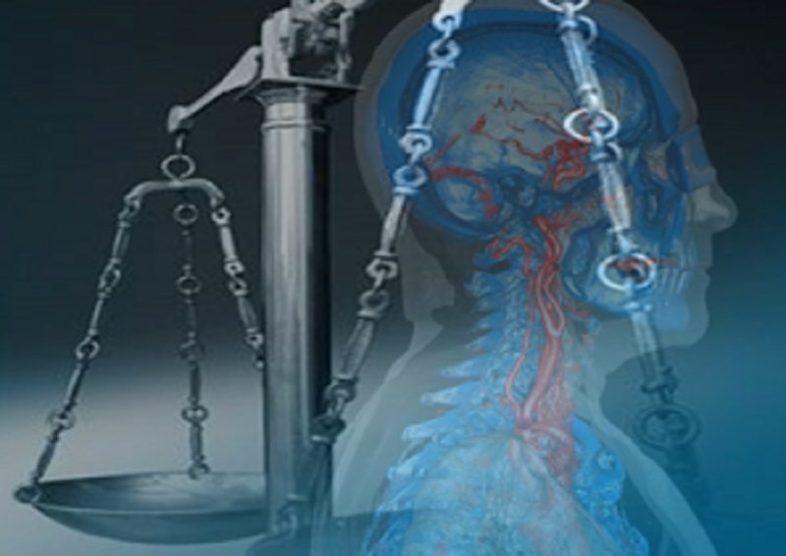

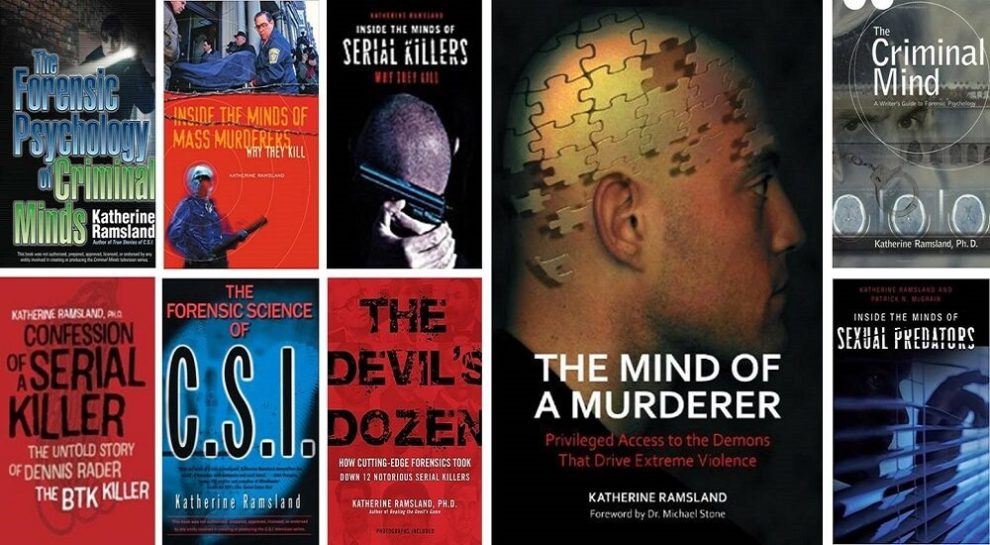







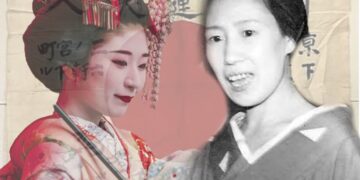





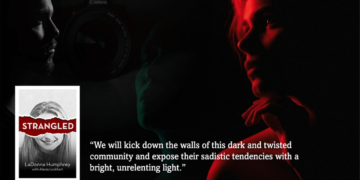
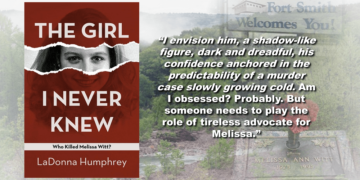






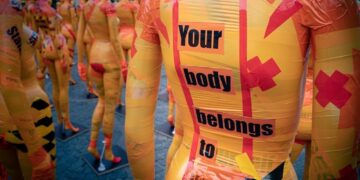



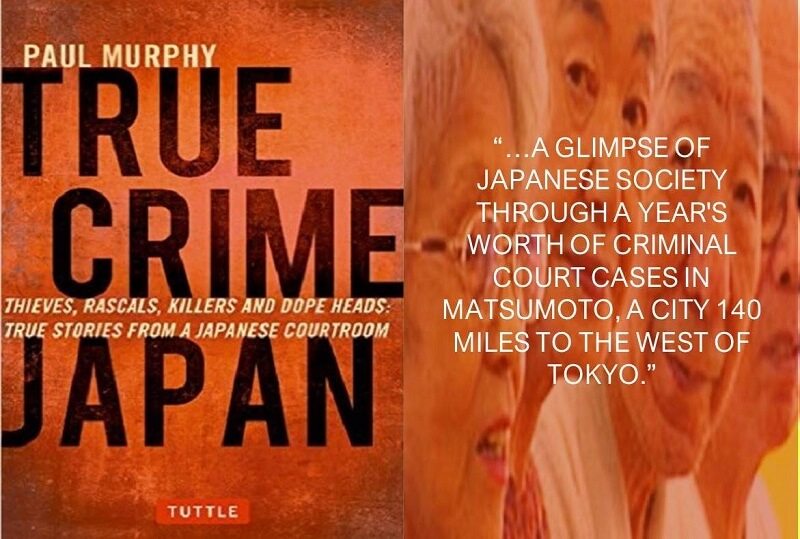



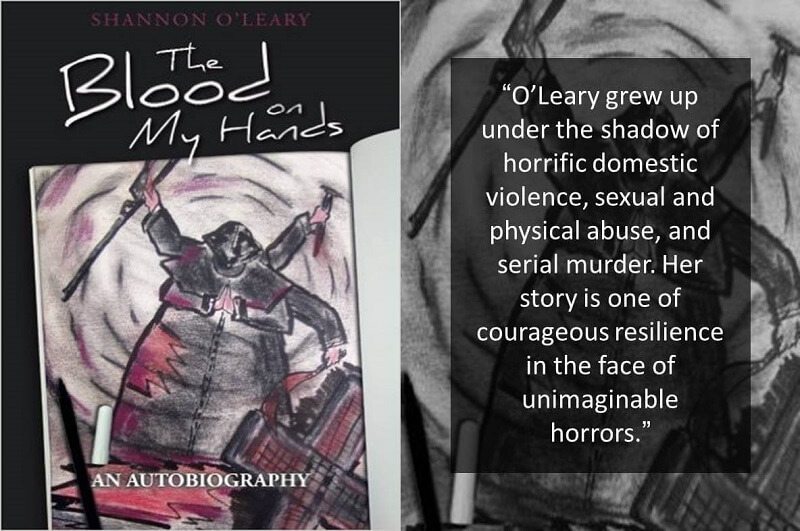
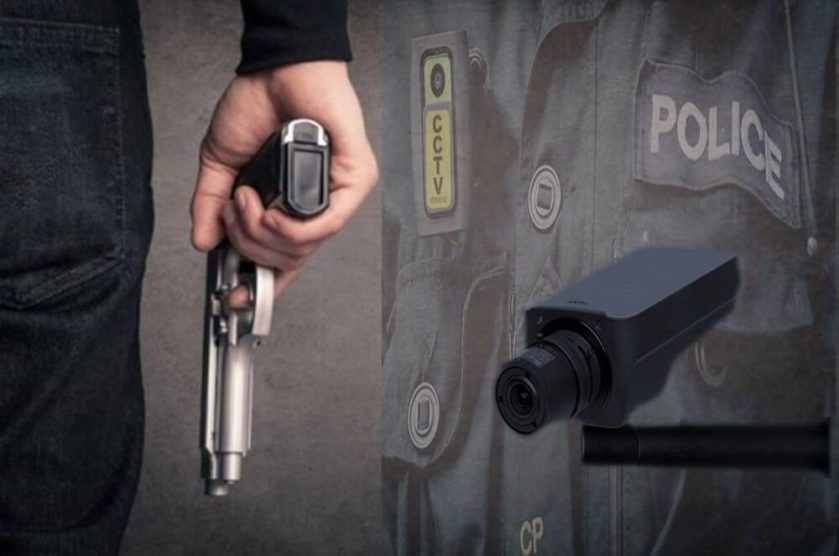

An interesting read! I co-authored an article in the 1980s on the Japanese criminal justice with my law professor, who specialized in Japanese law. He was impressed by the Japanese emphasize on reconciliation and restitution. Victim and offender were expected to work out a mutually agreeable restitution agreement, which was then presented to the court at sentencing. If both parties had taken that step, the Japanese court usually accepted the agreement as a sentence. My law professor was convinced that this system contributed to Japan’s low recidivism rate.
Hi Ann Marie, I found it really interesting to get a glimpse of how the Japanese legal system works and how different it is from what I am more familiar with in the UK and the US. It’s quite impressive that there is such focus on restitution which really has to have benefit for all parties in most cases. Japanese culture, expecting honesty and integrity I think encourages an acceptance of guilt and punishment laying the groundwork for reconciliation. We could certainly learn a great deal from this system!